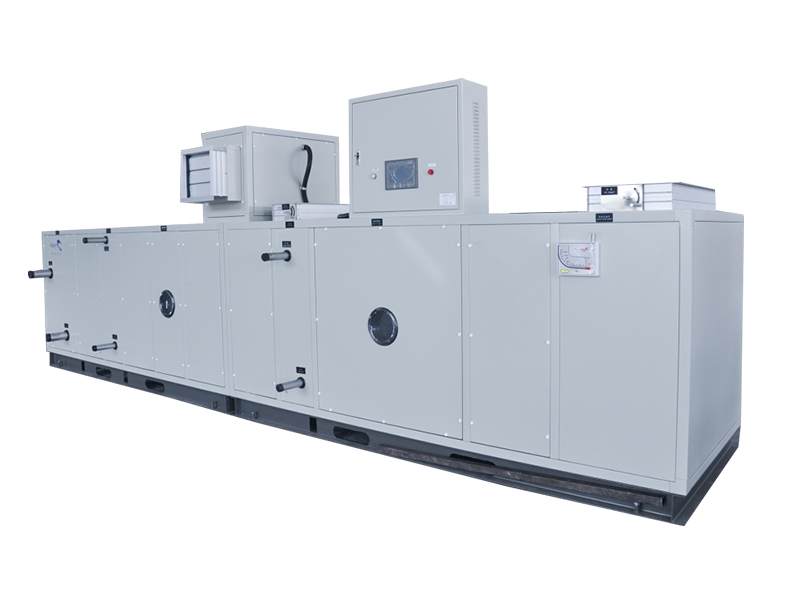Reducing latency in remote access to pharmaceutical dehumidifiers is essential for ensuring real-time monitoring and control of environmental conditions in pharmaceutical facilities. Several technologies and strategies can be employed to minimize latency and optimize remote access:
1. High-Speed Internet Connection:
- A high-speed and reliable internet connection, such as broadband or fiber-optic, is fundamental for reducing latency. A faster connection ensures that data can be transmitted between the dehumidifier and the remote monitoring system without delays.
2. Low-Latency Communication Protocols:
- Use communication protocols that are designed for low latency, such as MQTT (Message Queuing Telemetry Transport) or CoAP (Constrained Application Protocol). These protocols are efficient for transmitting small, time-sensitive data packets over the internet.
3. Quality of Service (QoS):
- Implement Quality of Service settings in the network infrastructure to prioritize data packets related to remote monitoring and control. QoS ensures that critical data gets preferential treatment, reducing latency for these packets.

4. Edge Computing:
- Employ edge computing capabilities to process and analyze data locally on the dehumidifier or at the network edge. This reduces the need to transmit large volumes of data to a remote server, minimizing latency.
5. Local Data Storage and Buffering:
- Store and buffer data locally on the dehumidifier or within a nearby gateway device. This allows for immediate data retrieval and transmission when the remote connection is established, reducing latency for real-time monitoring.
6. Caching and Compression:
- Implement data caching and compression techniques to reduce the amount of data that needs to be transmitted over the network, thereby decreasing latency.
7. Load Balancing and Redundancy:
- Distribute network traffic across multiple servers or cloud instances using load balancing techniques. Redundancy ensures that if one connection experiences latency or downtime, another can take over seamlessly.
8. Content Delivery Networks (CDNs):
- Utilize CDNs to deliver content, including monitoring data and reports, from a geographically distributed server network. CDNs reduce the physical distance that data must travel, minimizing latency.
9. Predictive Analytics and Machine Learning:
- Implement predictive analytics and machine learning algorithms to anticipate changes in environmental conditions. By predicting when adjustments will be needed, the system can pre-fetch data, reducing latency when real-time adjustments are required.
10. Edge AI and Local Control:
- Equip the dehumidifier with edge AI capabilities to make local control decisions based on sensor data. This reduces the need for constant remote control, thus reducing latency.
11. Low-Latency VPNs (Virtual Private Networks):
- If secure remote access is required, consider using low-latency VPN solutions designed for real-time applications. These VPNs prioritize speed and low latency.
12. Traffic Management and Prioritization:
- Configure network routers and switches to prioritize traffic related to remote access to the dehumidifiers. This ensures that monitoring data gets higher priority, reducing latency.
13. Remote Access via Mobile Apps:
- Use mobile apps that are optimized for low-latency remote access. Mobile apps can be designed to provide a responsive and efficient user experience.
The choice of technologies and strategies to reduce latency in remote access to pharmaceutical dehumidifiers should align with the specific requirements of the facility and the capabilities of the monitoring and control system. Combining multiple approaches can provide the best results in achieving low-latency remote access.



 English
English 简体中文
简体中文